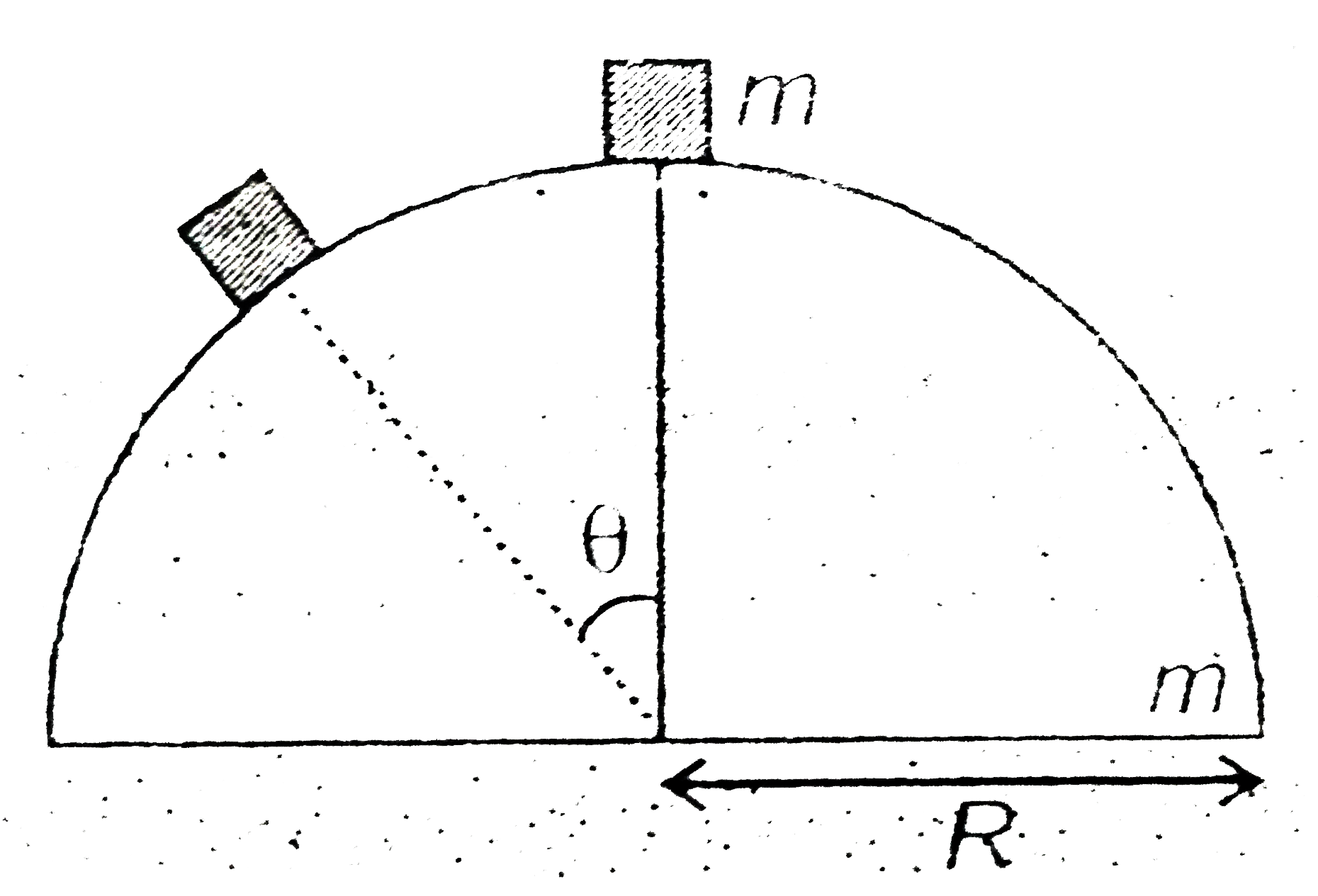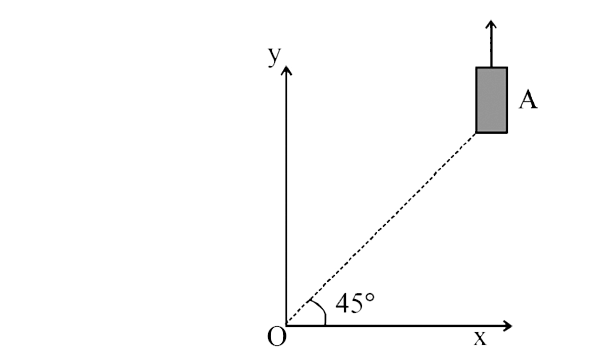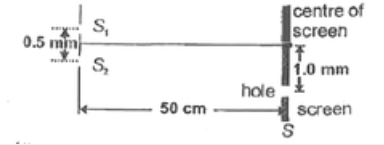The young.s double slit experiment is performed with four different sources. The number of fringes observed in a given region for that sources are n1=100,n2=60,n3=150,n4=120. The descending order of wave lengths of sources is
n4,n2,n3,n1
n4,n2,n3,n1
n4,n2,n3,n1
n4,n2,n3,n1
The correct Answer is:B
To solve the problem of determining the descending order of wavelengths based on the number of fringes observed in the Young's double slit experiment, we can follow these steps:
1. Understand the relationship between the number of fringes and wavelength:
The number of fringes n observed is inversely proportional to the wavelength λ of the light used. This means that if the number of fringes increases, the wavelength decreases, and vice versa.
2. Write the mathematical relationship:
From the Young's double slit experiment, we can express the relationship as:
n∝1λ
This implies:
n1λ1=n2λ2=n3λ3=n4λ4
where ni is the number of fringes and λi is the wavelength for each source.
3. List the number of fringes for each source:
- n1=100
- n2=60
- n3=150
- n4=120
4. Determine the wavelengths based on the number of fringes:
Since n is inversely proportional to λ:
- The source with the highest n has the lowest λ.
- The source with the lowest n has the highest λ.
5. Rank the number of fringes:
- n2=60 (smallest, hence largest wavelength)
- n1=100
- n4=120
- n3=150 (largest, hence smallest wavelength)
6. Write the descending order of wavelengths:
Therefore, the descending order of wavelengths is:
λ2>λ1>λ4>λ3
In terms of the number of fringes:
n2<n1<n4<n3
Final Answer:
The descending order of wavelengths of the sources is:
λ2,λ1,λ4,λ3
The number of fringes n observed is inversely proportional to the wavelength λ of the light used. This means that if the number of fringes increases, the wavelength decreases, and vice versa.
From the Young's double slit experiment, we can express the relationship as:
n∝1λ
This implies:
n1λ1=n2λ2=n3λ3=n4λ4
where ni is the number of fringes and λi is the wavelength for each source.
- n1=100
- n2=60
- n3=150
- n4=120
Since n is inversely proportional to λ:
- The source with the highest n has the lowest λ.
- The source with the lowest n has the highest λ.
- n2=60 (smallest, hence largest wavelength)
- n1=100
- n4=120
- n3=150 (largest, hence smallest wavelength)
Therefore, the descending order of wavelengths is:
λ2>λ1>λ4>λ3
In terms of the number of fringes:
n2<n1<n4<n3
The descending order of wavelengths of the sources is:
λ2,λ1,λ4,λ3
Topper's Solved these Questions
- WAVES OPTICSBOOK - AAKASH SERIESCHAPTER - WAVES OPTICSEXERCISE - EXERCISE -IB (ASSERTION AND REASON)
67 Videos
- WAVES OPTICSBOOK - AAKASH SERIESCHAPTER - WAVES OPTICSEXERCISE - EXERCISE -II (INTERFERENCE)
26 Videos
- WAVES OPTICSBOOK - AAKASH SERIESCHAPTER - WAVES OPTICSEXERCISE - EXERCISE -IA (MATCHING TYPE QUESTIONS)
6 Videos
- WAVESBOOK - AAKASH SERIESCHAPTER - WAVESEXERCISE - EXERCISE-III (Doppler effect :)
15 Videos
Similar Questions
A particle is placed on the top of a hemispherical shell of same mass. Shell is free to move on the smooth ground. If particle is given a given a gentle push and reaches to angular position q as shown in figure then for an observer fixed on a shell, ratio of reaction force exerted by shell to pseudo force (as observed from shell) acting on particle, is

View SolutionIn a Young's double slit experiment performed with a source of white light, only black and white fringes are observed.
View SolutionIn Young.s double slit experiment, what is meant by .fringe separation. ? State two ways of increasing the fringe width, without changing the source of light.
View SolutionIn Young's double slit experiment, the ratio of maximum and minimum intensities in the fringe system is 9:1 the ratio of amplitudes of coherent sources is
View SolutionIn a Young’s double slit experiment, the source illuminating the slits is changed from blue to violet. The width of the fringes
View SolutionOn a frictionless horizontal surface , assumed to be the x−y plane , a small trolley A is moving along a straight line parallel to the y−axis ( see figure) with a constant velocity of (√3−1)m/s . At a particular instant , when the line OA makes an angle of 45(∘) with the x− axis , a ball is thrown along the surface from the origin O. Its velocity makes an angle ϕ with the x− axis and it hits the trolley .
(a) The motion of the ball is observed from the frame of the trolley . Calculate the angle θ made by the velocity vector of the ball with the x−axis in this frame .
(b) Find the speed of the ball with respect to the surface , if ϕ=(4θ)/(3).

View SolutionIn young's double slit experiment, the screen is kept 1.6m from the slits. The coherent sources are 0.032 cm apart and fringes are observed on the screen. It is found that with a certain monochromatic source of light, the fourth bright fringe is situated at a distance of 1.06 cm from the central fringe. The wavelength of the light used is
View SolutionA : Young.s double slit experiment can be performed using a source of white light.
R : The wavelength of red light is less than the wavelength of other colours in white light.
View SolutionIn Young's double slit experiment, distance between two sources is 0.1mm. The distance of screen from the sources is 20cm. Wavelength of light used is 5460Å. Then, angular position of first dark fringe is approximately
View SolutionIn young's double slit experiment shown in figure, S1andS2 are coherent sources and S in the screen having a hole at a point 1.0 mm away from the central line. White light (400 to 700 nm) is sent through the slits. Which wavelength passing through the hole has strong intensity?

View Solution
